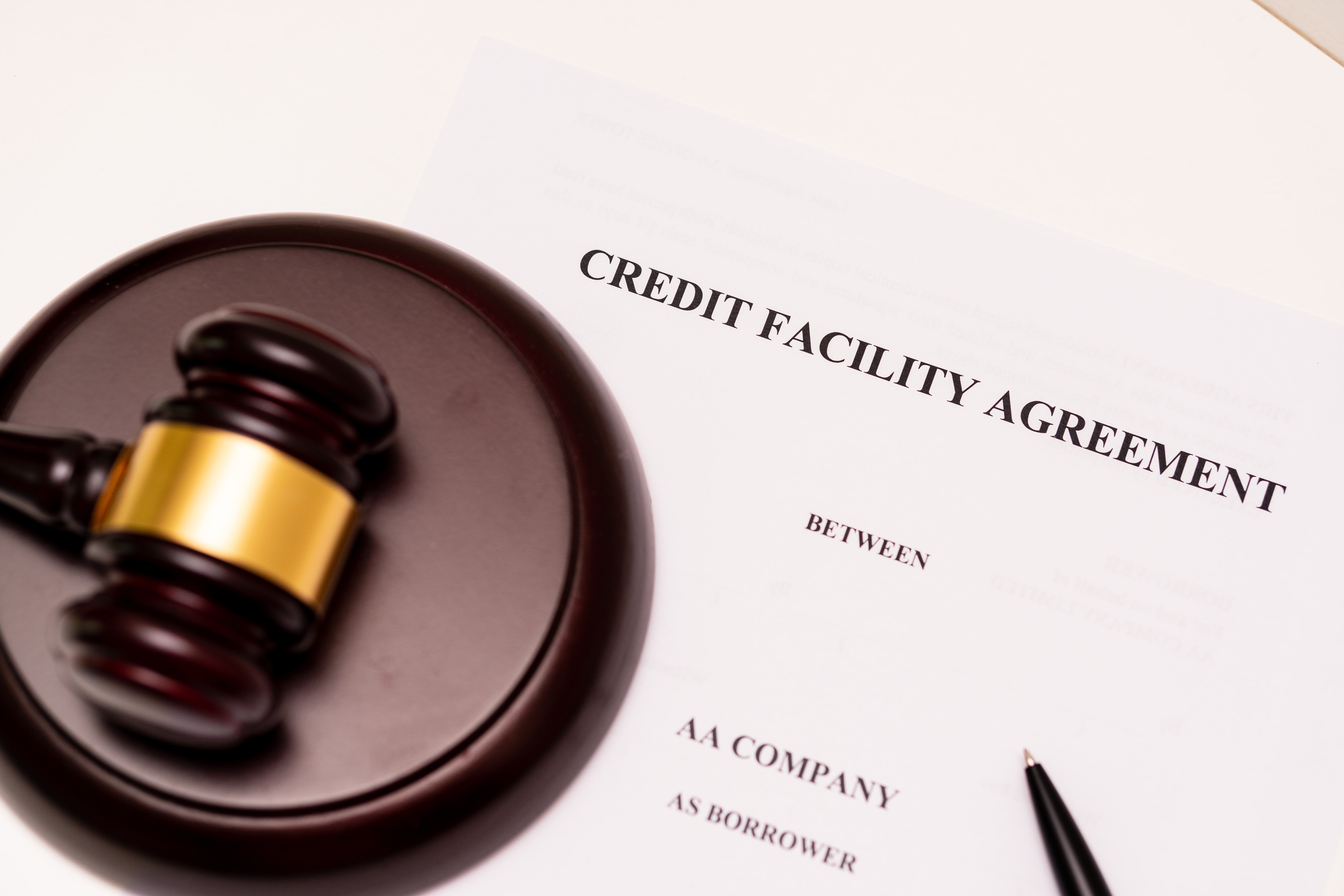Credit facilities are a variation of loan that is mostly used in the business and corporate world. Basically, a credit facility allows a business to borrow money (called loan) over a long period instead of coming back for a fresh loan when it needs another cash inflow.
Credit facilities are the alternative ways to get corporate loans, as it helps companies achieve their goals much faster and saving them the stress of reapplication.

What are Credit Facilities?
Putting it in context, we can describe credit facilities as an umbrella loan, giving access to corporate organizations to draw out more money than it has, to meet its needs.
This way, the company does not have to directly apply for a loan, saving time and rigours. Eventually, the company would be required to repay the loan, along with interest only on the extra amount withdrawn. All parties would have agreed on an interest rate beforehand.
What is The Applicable Interest Rate of Credit Facilities?
The interest rate applied to a credit facility depends on one major important factor, which is the borrower’s credit score or rating. The better your credit score, the lesser your interest rate would be since they believe you have a good financial history.
On the flip side, a poor rating would certainly attract a high-interest rate, indirectly ensuring that you pay back your loan in time.
Types of Credit Facilities?
1. Short term credit facilities
Short term credit facilities are designed to only last for a while, and can be further divided into the following:
- Cash credit and overdraft: This type of short term credit facility allows you to withdraw more than the fund present in your deposit account. However, you would also pay interest on the amount you overdrew.
- Short term loans: Short term loans offer corporations a working capital to meet immediate needs. Also, it usually has a tenor of 1 year and is not very secure in nature, depending on the rating of the borrower.
- Trade finance: Trade finance is a type of short term credit facility that is generally essential to the efficient cash flow of a company. It could come in different forms including supplier’s credit, export credit, letters of credit, and factoring.
2. Long term credit facilities
They design long-term credit facilities to appeal to corporations looking at obtaining long-term loans. The different types include:
- Bank loans:This is a very common long term credit facility that comes with a definite tenor and repayment schedule. Also, banks thoroughly access lenders before giving out a loan to address their credit risk. The lower the better, and a higher chance of you getting loan approval from the bank. You can read more on how you can get a bank loan without collateral in Nigeria.
- Notes:This is an unsecured credit facility that is mostly raised from private or capital market. Therefore, it is usually only considered when banks are not willing or have reached their lending limit.
- Mezzanine debt:This credit facility is only provided by private equity and hedge funds. It is formed as a blend between debt and equity and is completely unsecured. Also, it has a tenor of about 5 to 7 years.
Other types of long-term credit facilities are Securitization and bridge loans.
Conclusion
Credit facilities are important for our everyday business life, as well as the survival and expansion of corporations. Also, most of these credit facilities are practised today, and as long as you have a good credit score, you can easily access one.







